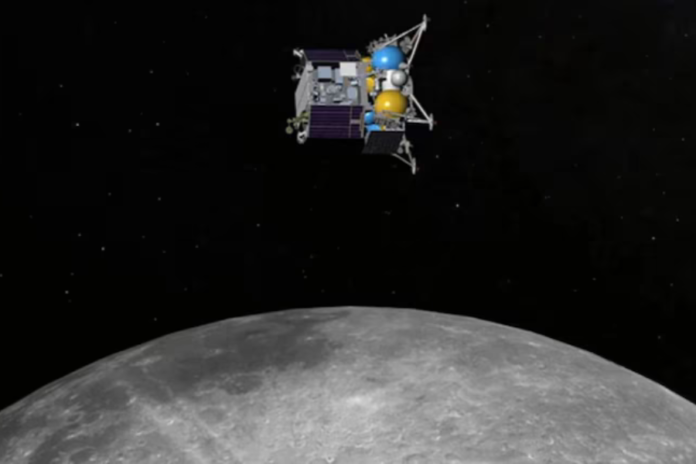Luna-25 Crash: Russia’s hopes of reaching the moon ended completely when its spacecraft Luna-25 crashed. Russia’s space agency Roscosmos officially confirmed this on Sunday.
Luna-25 was engaged in preparations for landing on the lunar surface on Monday. The Russian space agency Roscosmos said that Luna-25 collided with the lunar surface during the propulsion maneuver. Because of this the Luna-25 has become a victim of the accident. The crash of Luna-25 is a big blow for Russia. Scientists from all over the world are debating what happened to Luna-25 in its last moments.
Uncontrollable speed of Luna-25
Russia’s space agency has said on behalf of Roscosmos that Luna-25 had gone out of control and got stuck in a problem whose cause could not be ascertained. After this the spacecraft crashed on the moon.
Luna-25 was Russia’s first lunar mission in 47 years. It was sent with the plan of a soft landing on the most difficult South Pole of the Moon. But due to a communication block, the unmanned spacecraft crashed and failed to land.
Luna-25 crash caused by software glitch
This was the first mission since 1976 which was very important for Russia. After the collapse of the Soviet Union, Russia did not launch any lunar mission. A software glitch shattered Roscosmos’ dreams, according to French meteorologist and meteorite researcher Frank Marchis.
Due to this disturbance, the Luna-Globe lander was ruined. If they are to be believed, an unexpected long engine overfire during a crucial orbit adjustment sealed its fate on the Moon. There was no contact with Luna-25 for about 10 hours after the technical glitch.
Luna-25 was to land on Moon before India’s Chandrayaan-3
Luna-25, a small car-sized robot, took off on a Soyuz rocket. On Wednesday, it had entered the Moon’s orbit. It was planned to land on the south pole of the Moon on Monday. Luna-25 was about to land on the Moon before the landing of India’s Chandrayaan-3.
The Moon’s south pole is of particular interest to scientists, who believe that permanently shadowed polar craters may contain water. Future explorers could turn water frozen in rocks into air and rocket fuel. Russia expected the spacecraft to land on Monday and collect rock and dust samples for a year.



